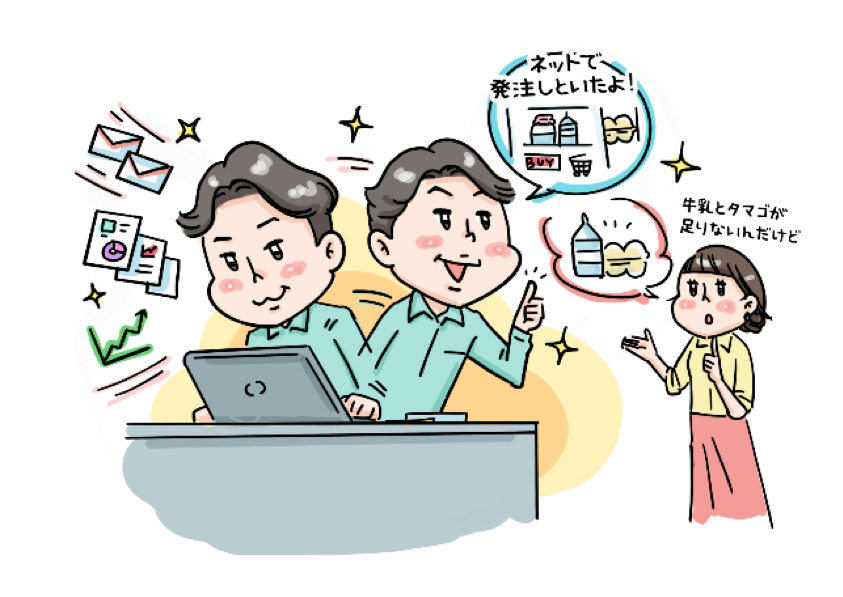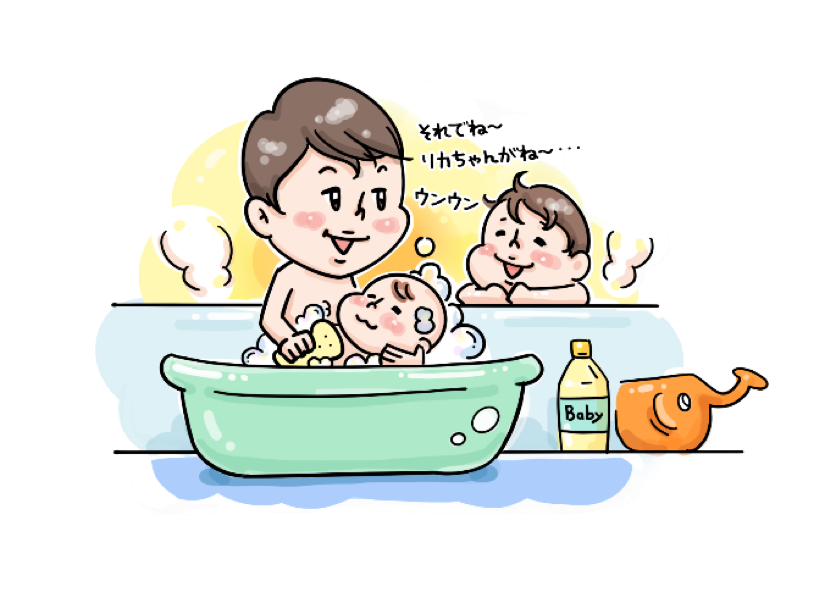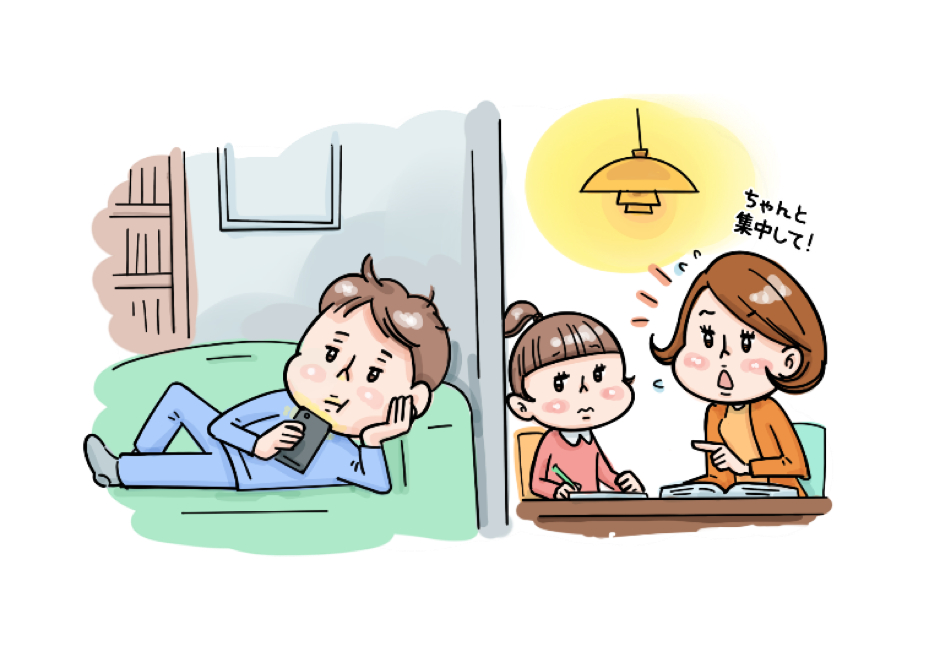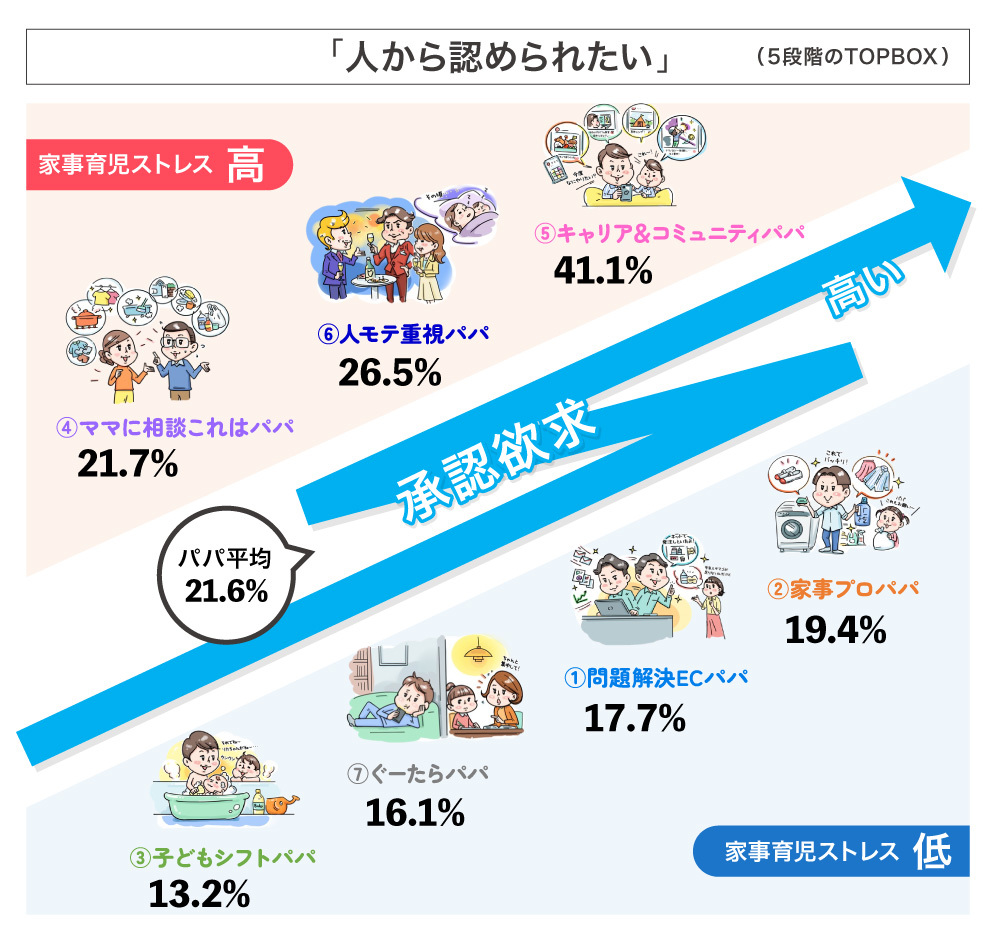Note: This website was automatically translated, so some terms or nuances may not be completely accurate.
7 Types of Dads: Which Ones Thrived Amidst Environmental Change?
There is still a lack of role models for dads' parenting. Diverse dads were raising their children in their own unique ways. Furthermore, environmental changes during the pandemic have transformed both how they interact with their families and how they work. Understanding dads' behaviors and feelings, which remain largely unknown to companies, is an essential point for future marketing.
Based on Papalab's survey findings, "The Changing Dynamics of Fathers: Parenting Realities for Fathers and Families Post-COVID," this series explores the realities of fathers raising children and the key points that influence their hearts and actions.
In Part 1, we discussed how the pandemic significantly altered dads' daily schedules and how some dads are enjoying these changes while others are not. In Part 2, we introduce the specific types of dads that emerged, based on the results of a cluster analysis conducted by Papalabo.
[Papa Lab]
" Dads are Japan's Untapped Potential "
Papa Lab is a mini-agency specializing in dads, where every member is a working father. Professionals from diverse fields—sales, strategy, creative, digital, media, and corporate—come together. Starting with research targeting dads and families, we provide solutions including marketing support, content development, and promoting paternity leave uptake. In 2019, we published "Research on the Diverse Lives of Dads" based on dad interviews.
https://www.projects.dentsu.jp/papalabo/variety/

Dads Can Be Divided Into 7 Types
Cluster analysis of dads living with children in junior high school or younger, based on life values such as housework, childcare, work, and lifestyle, revealed seven distinct dad types. To visualize them, positioning based on "(Compared to pre-COVID) Increase in Housework/Childcare Time" × "Change in Housework/Childcare Stress" is shown below.
7 Dad Cluster Positioning Map

The upper-right quadrant represents dads who experienced a "significant increase in time spent on housework/childcare" and a "decrease in stress from housework/childcare" – dads who are enjoying the changes brought by the pandemic.
Conversely, the lower-right quadrant represents dads experiencing "a large increase in time spent on housework and childcare" coupled with "increased stress from housework and childcare." These dads are adapting to the changes but feeling stressed.
The left quadrant shows dads with a "low increase in time spent on housework and childcare," meaning they haven't changed their style much since before the pandemic. Since they haven't changed their style, it can be seen that they are positioned in a moderate place regarding the increase or decrease in stress from housework and childcare.
Now, let's briefly introduce the dads in each group.
Dads Enjoying the Environmental Changes
Cluster 1: Problem-Solving EC Dads (9% of total)

These dads thrive on creative problem-solving. They are primarily in their 40s.
They often work remotely and actively and evenly tackle the inevitably increased household chores and childcare. They proactively introduce methods to make both work and household tasks run smoothly, such as utilizing digital services like online grocery shopping and home appliances, aiming to streamline their daily lives.
Cluster 2: Housework Pro Dads (10% of total)

These dads are clean freaks, meticulous even about cleaning and laundry methods. Primarily found in dual-income households with preschoolers, they actively pursue a "clean-feeling lifestyle," paying attention to detergents and fabric softeners. They also seem highly conscious of food safety.
Cluster 3: Child-Focused Dads (15% of the group)

This type shows the largest increase in time spent on housework and childcare compared to pre-COVID times. They are primarily stay-at-home moms with preschool-aged children. Among household and childcare tasks, the proportion of "bathing the children" is characteristically high. The increased time spent at home due to the pandemic suggests they are enjoying this home time with their children.
Dads feeling stressed by environmental changes
Cluster 4: Moms Consult (26% of dads)

This is the largest group among dads. They typically discuss and decide all family matters together as a couple. They tend to prioritize job stability and value teamwork, finding emotional support in time spent with their wife and children. They also often handle wet-area chores like cleaning the bath and washing dishes. However, the shift to more remote work during the pandemic, increasing their time spent on housework and childcare, seems to cause them noticeable stress.
Cluster 5: Career & Community Dads (8% of fathers)

These dads prioritize providing their children with diverse "experiences" and enjoy sharing these experiences on social media. They are primarily parents in their 30s with preschool-aged children and spend the most time on household chores and childcare among all dad types.
They also have a strong work ethic and are proactive in networking activities for career advancement. Restrictions on movement have limited their ability to go out as they wish, and with increased childcare time at home, they appear to be feeling stressed.
Dads who maintain their pre-COVID style
Cluster 6: Socially-Focused Dads (19% of group)

These dads are trend-conscious, fashion-minded, and value others' opinions. They are ambitious in their careers and sociable. A key characteristic is their frequent involvement in "cooking and meal preparation." Compared to other dads, their increase in household and childcare time relative to pre-pandemic levels is lower, suggesting they maintain their pace. This may partly be due to a slightly higher proportion of parents with middle school-aged children. Their household and childcare stress appears to have increased slightly.
Cluster 7: Slacker Dads (13% of the group)
 This is the type of dad with the shortest time spent on housework and childcare. Not only are they less involved in housework and childcare, but their motivation for work is also moderate, showing low engagement in most things. They are also slightly more likely to be in their 50s.
This is the type of dad with the shortest time spent on housework and childcare. Not only are they less involved in housework and childcare, but their motivation for work is also moderate, showing low engagement in most things. They are also slightly more likely to be in their 50s.
"High Desire for Recognition" Correlates with "Increase in Household/Childcare Stress"
Having examined various dad types so far, our analysis of the relationship between "increase in household and childcare stress" and various value data revealed a correlation with one specific trait: "high need for recognition."

It's clear that dads who feel more stress from housework and childcare also have a stronger desire to be recognized by others (i.e., a higher need for recognition).
Speculating on the background, this may be influenced by the fact that household chores and childcare at home, unlike work at the office, have aspects where results are less visible to others and harder to evaluate. For dads whose motivation stems from external stimuli like being recognized by others, it's easy to imagine they feel stressed. However, this stress isn't limited to dads; moms feel it equally, and the pandemic likely made them acutely aware of how challenging it is.
Did experiencing the challenges of housework and childcare foster greater understanding between spouses?
Another noteworthy point is that dads experiencing stress from housework and childcare also consistently reported that "family relationships improved" and "life satisfaction increased." While feeling stressed may be a burden and seem negative in the short term, it seems that dads gaining a deeper understanding of the difficulty of housework and childcare time, and sharing these feelings with their spouses, may have contributed to improved family relationships.
This time, we've examined the diverse changes and perceptions in fathers' lives during the pandemic. Papalabo has long argued that as fathers become more involved in household duties, couples become more equal, making the father's perspective increasingly important in family consumption. The pandemic has likely accelerated this trend (albeit with individual variations).
In Part 3, we will explain how to incorporate and approach this dad perspective.
[Survey Overview]
■ Dentsu Inc. "d-campX"
Survey Method: Internet survey using dedicated response tablets
Survey Area: Tokyo 50km radius
Survey Period: March and June 2021
Subjects: Married men aged 20-59 living with children in junior high school or younger
Sample Size: 690 respondents
■Video Research Ltd. " ACR/ex "
Survey Method: Internet survey using dedicated response tablets
Survey Area: Within 50 km of Tokyo
Survey Period: April–June 2021
Target Population: Married men aged 20–59 living with children in junior high school or younger
Sample Size: 690 respondents
For detailed ACR/ex information, click here
■Dentsu Inc. Papalab × Video Research Ltd. "ACR/ex" connect Survey
Survey Method: Internet survey using dedicated response tablets
Survey Area: Tokyo 50km radius
Survey Period: November 2021
Subjects: Married men aged 20-59 living with children in junior high school or younger
Sample Size: 647 respondents
If you enjoyed this article, you might also like this series
・Target "Dual-Income Dads"!
・The Truth About "Male Parental Leave"
Was this article helpful?
Newsletter registration is here
We select and publish important news every day
For inquiries about this article
Back Numbers
Author

Kenji Koizumi
Video Research Ltd.
Integrated Solutions Unit / Dentsu Inc. Papalab
Senior Consultant
After joining Video Research Ltd., I worked in the Ad Hoc Research Department, solving challenges for advertisers and broadcasters using qualitative and quantitative research. From 2015 to 2018, I was seconded to Dentsu Inc., where I was involved in developing communication strategies for consumer goods manufacturers. Upon returning, I engaged in solution planning and development. I live with my wife and son.


